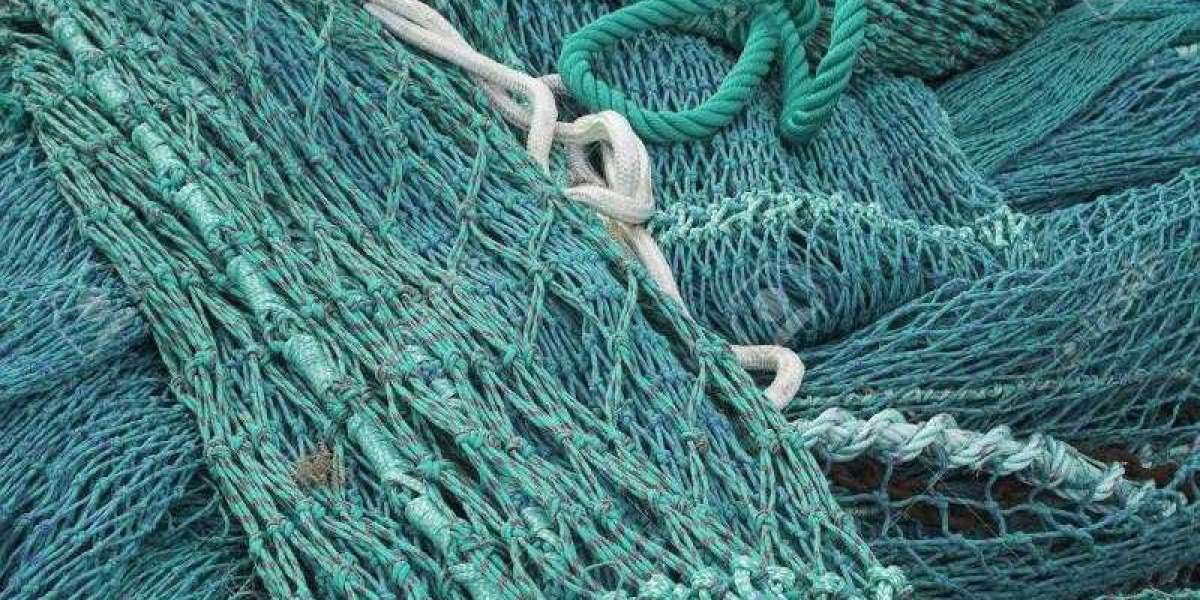An Introduction to Trawling
Trawling is a method of fishing that involves dragging or pulling nets through the water behind one or more boats. Trawlers deploy large netting known as trawl nets that are towed along the seafloor, scooping up fish and everything else in their path. Trawlers drag huge nets weighing tons that scour the sea bottom capturing everything in their path.
The Make-Up of Trawl Ropes and Nets
Trawl nets come in a variety of shapes and sizes depending on the target species and seafloor conditions. At their core is netting made of synthetic fibers like nylon or polyethelene that are knotted or sewn together. Additional materials like floats, weights, and trawl ropes help the net retain its shape and are dragged along. Ropes made of manila, polypropylene or polyester connect the trawl doors or "boards" at the front of the net to facilitate trawling.
Environmental Impacts of Lost and Discarded Gear
Unfortunately, trawl ropes and nets do not always return from every voyage intact. Gear frequently breaks or is cut away if blocked or entangled. According to some estimates, nearly 10% of all trawl ropes and nets deployed are lost annually in fisheries worldwide. As they drift in oceans, these "ghost gears" continue to indiscriminately ensnare marine life. Entangled animals suffer injury or slow death from starvation, drowning or predation. Abandoned nets also degrade the seafloor habitats they drag over. Microplastics leach from nets as they break down, entering the marine food web.
Bycatch and Species Declines
Beyond ghost fishing, the wide-sweeping motion of trawl nets non-selectively captures virtually every organism in their path, including billions of unintended marine species annually. Known as bycatch, these non-target animals are usually discarded dead or dying. For already struggling fish populations like Atlantic cod, bycatch from trawling has been shown to significantly increase extirpation risks. Elsewhere, sea turtles, seabirds and marine mammals routinely drown in trawl nets despite mitigation efforts. Overall, some researchers argue that current global trawling practices are unsustainable and pushing multiple marine ecosystems to the brink of collapse.
Technological Advances for Sustainable Trawling
While certain areas have enacted fishing closures and gear restrictions to curb environmental impacts, technological innovations also offer some solutions. For example, some fleets now use netting constructed of weaker materials that are more likely to tear rather than entangle large marine life. “Smart” ropes released underwater acoustically split if tangled. New monitoring tools help fishing crews detect bycatch in real time to release non-target species unharmed. Gear modifications like excluder panels and escape hatches shepherd smaller fish back to the sea. Though not a panacea, sustainable fishing advocates argue these types of advancements could make trawling practices significantly cleaner with minimal losses to fishermen's livelihoods.
Adoption Challenges of New Sustainable Gear
However, convincing the global commercial fishing industry to widely adopt new, potentially more expensive gear presents major challenges. Upfront costs and perceived losses of productive gear time disincentivize individual vessel owners from transitioning voluntarily. Fisheries management must often mandate new requirements which angers some fleets reliant on outdated methods. Gear manufacturers also hesitate investing in specialized equipment with uncertain markets. Stiff resistance from powerful fishing lobbies further slow political will to reform policies fast enough. While sustainability-minded fleets pioneer advancements, broader change may require economic subsidies and catch share programs favoring low-impact practices.
Consumer Power and Certification Programs
Fortunately, consumers increasingly demand sustainably sourced seafood and apply market forces for change. Major retailers now source only from fisheries with third-party certification like that from the Marine Stewardship Council (MSC), whose standards mandate minimal bycatch and habitat impacts. For some fisheries, MSC certification becomes an economic necessity. As consumer awareness grows around issues like ghost fishing ropes and bycatch, certification programs could incentivize cleaner global trawling at commercial scales over time through the power of ethically-minded consumers' purchasing power. Progress typically relies on diverse stakeholders working cooperatively rather than confrontationally.
Conclusion
In summary, trawling employs giant ropes and nets to catch fish but also generates substantial accidental impacts society seeks to curb through science, policy, and consumer choices. Technological solutions, sustainable fisheries certifications, habitat protections, and other cooperative measures offer pathways forward, though navigating objections and costs poses challenges. With commitment across sectors, more responsible trawling practices seem achievable that support both ocean health and fishing livelihoods for generations to come.
Other
Assessing the Competitive Landscape of the SPC Flooring Market

Going through the Impact of Trawl Ropes and Nets













